The Royal Enfield’s engine echoed through the mountain pass as I crested the final ridge, and suddenly there it was—Tawang Monastery emerging from morning mist like a golden vision that had been waiting centuries for this exact moment.
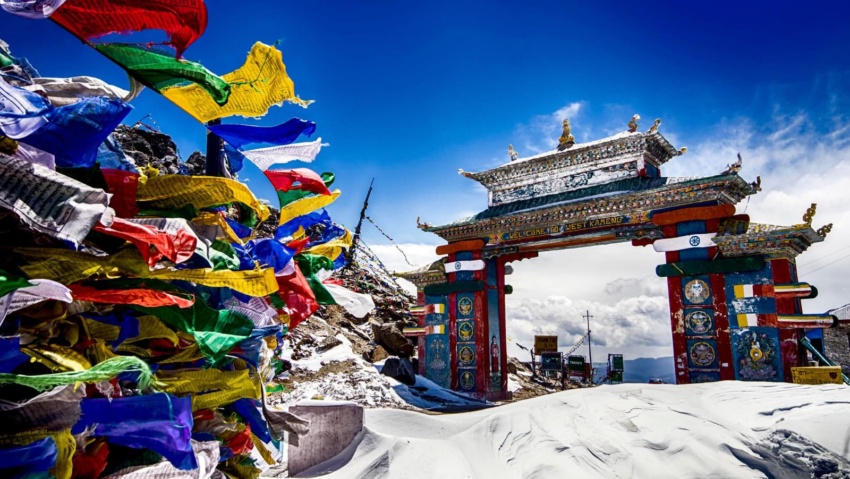

The Royal Enfield’s engine echoed through the mountain pass as I crested the final ridge, and suddenly there it was—Tawang Monastery emerging from morning mist like a golden vision that had been waiting centuries for this exact moment.
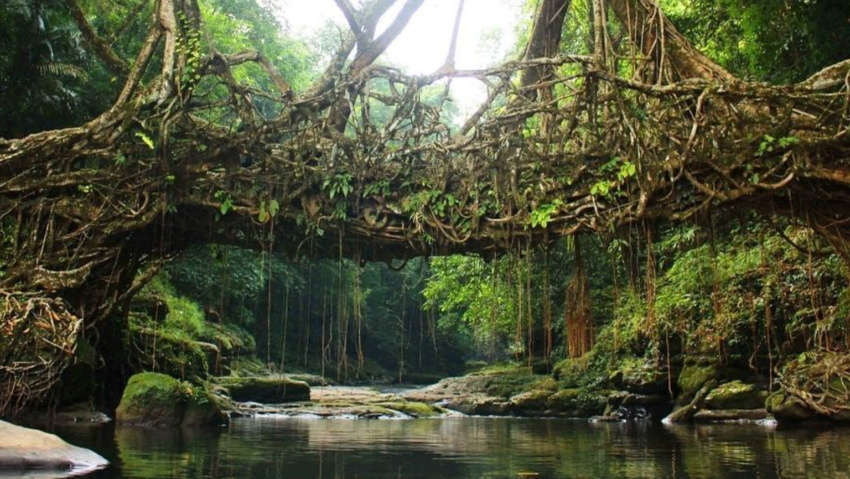
The Royal Enfield’s engine hummed steadily as I crested the hill approaching Shillong, and suddenly the world transformed into something between dream and reality.
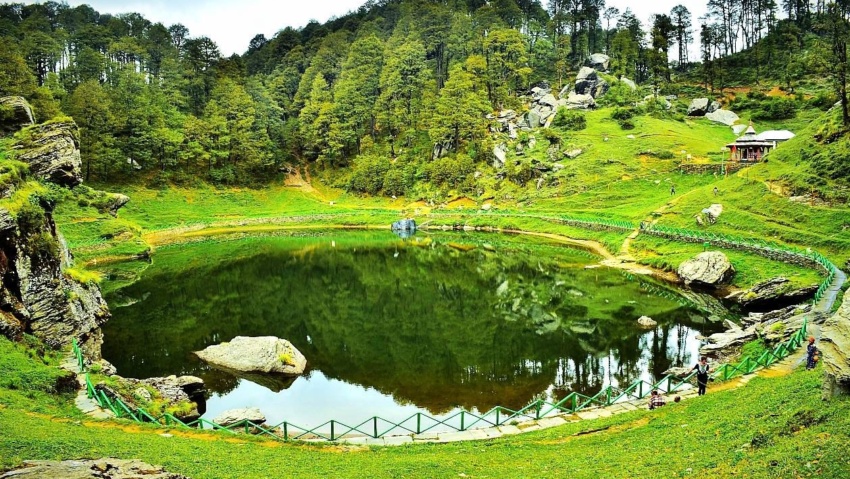
The Royal Enfield’s engine fell silent as I reached the final curve, and suddenly there it was—the ethereal beauty of Serolsar Lake reflecting the Himalayan peaks like a mirror held up to heaven itself.
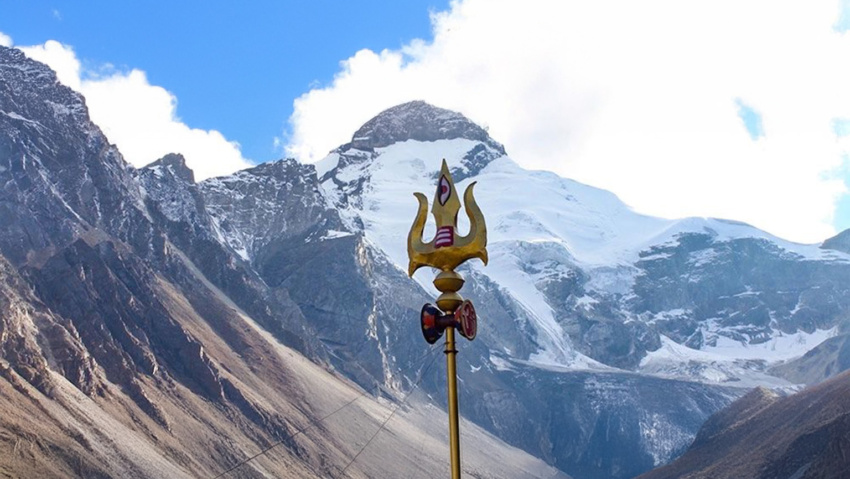
The alarm pierced the silence at 4:45 AM in my basic mountain lodge, frost coating the windows like divine artistry. Outside, Adi Kailash remained hidden behind thick clouds, and fellow pilgrims sat huddled in disappointment
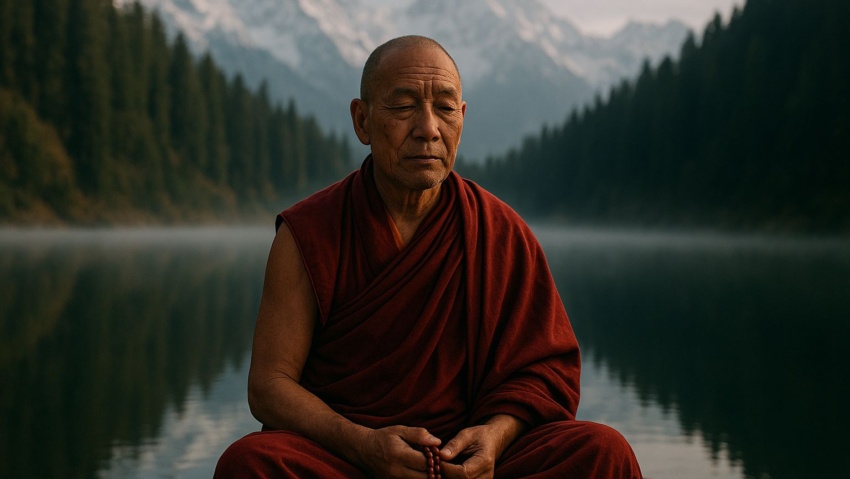
Tenzin’s eyes hold the kind of peace that comes from decades of sitting with difficult questions without needing immediate answers.
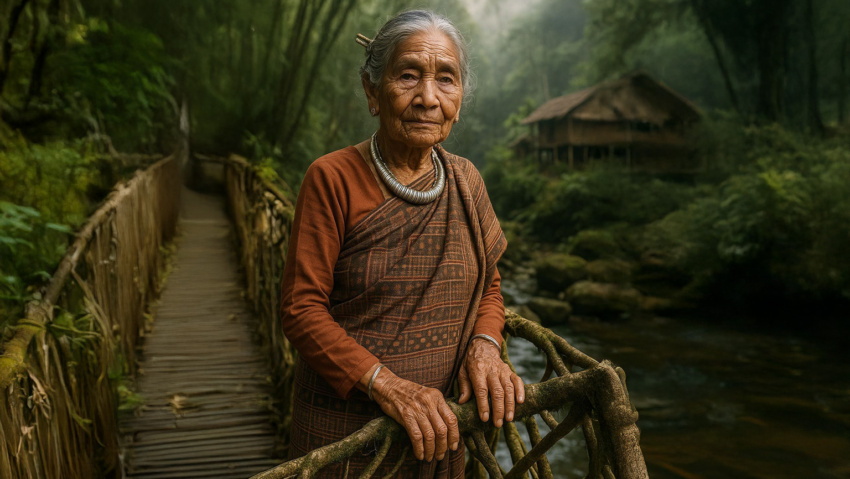
Sister Mary’s hands tell the story of 78 years spent coaxing rubber tree roots across mountain streams, training living architecture that grows stronger with each passing decade.
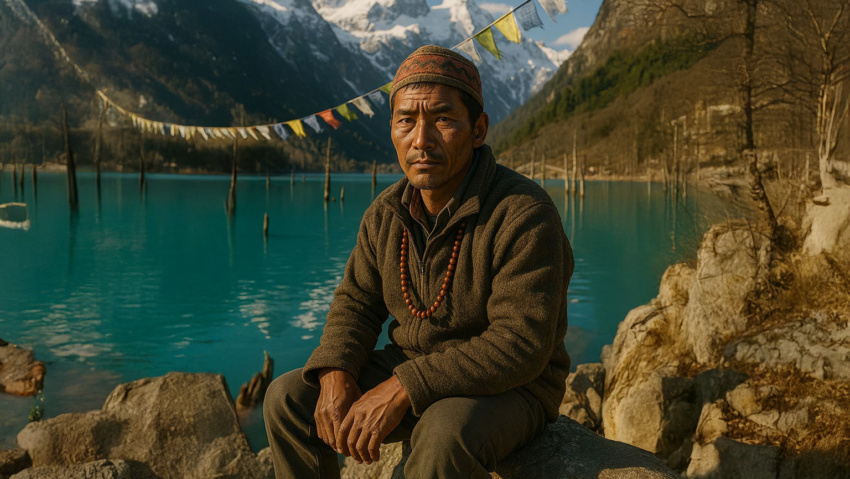
Pemba’s weathered face tells the story of 45 years lived at altitudes where most people struggle to breathe, guiding travelers through landscapes that shift between breathtaking beauty and life-threatening danger.
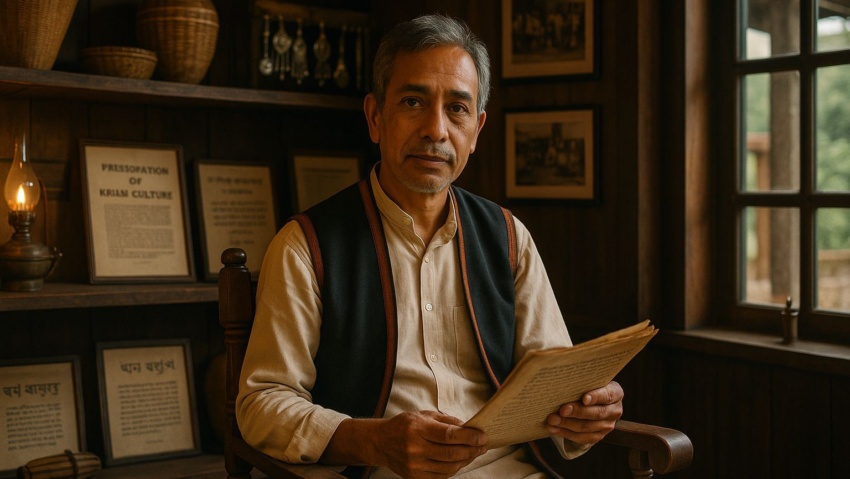
Pastor William’s study walls are covered with photographs of disappearing Khasi traditions, each image a small rebellion against the amnesia that threatens indigenous knowledge.
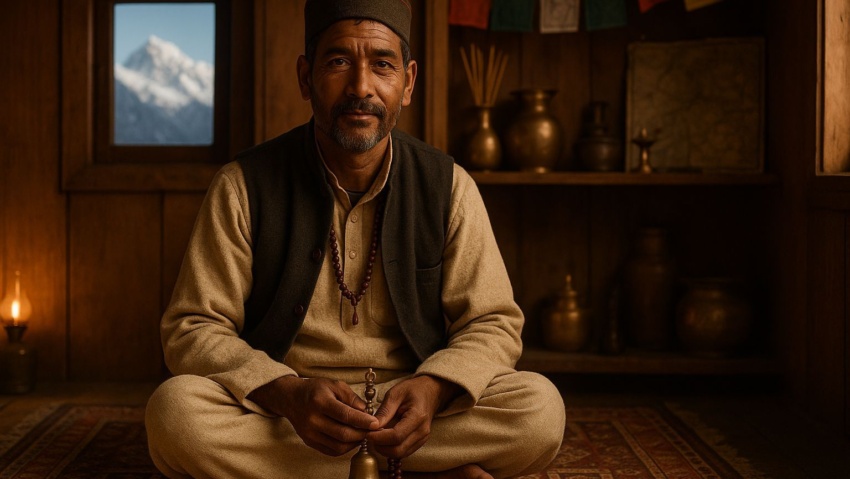
Pandit Ramesh’s hands move with the precision of someone who has prepared thousands of prayer offerings for the most dangerous pilgrimage in India.
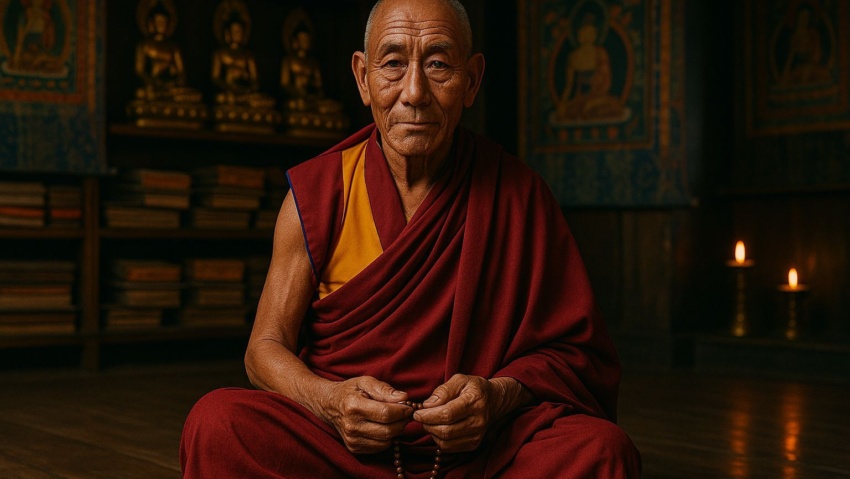
Lobsang’s hands turn the pages of 400-year-old manuscripts with the reverence of someone who understands that some knowledge can’t be digitized. At 64, he has spent more years within monastery walls than most people spend in their entire careers